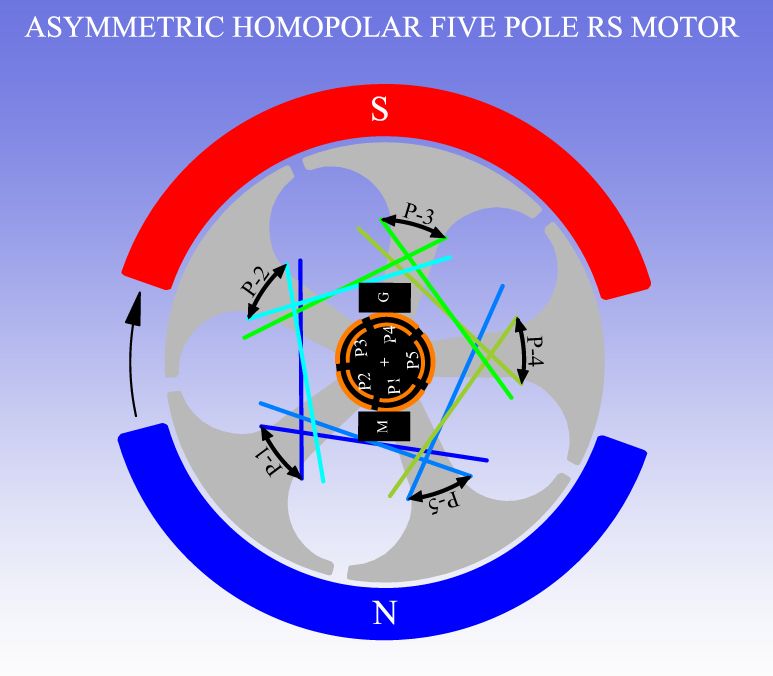Originally posted by GChilders
View Post
However there is just one basic misunderstanding, as far as I can see:
"P-1" on the rotor body does NOT mean "rotor pole 1"
It means "coil pair 1", with the double-sided arrow pointing to the dark blue "wires" of that coil pair.
and
"P-1" on the commutator means "commutator element connected to coil pair 1"







Leave a comment: